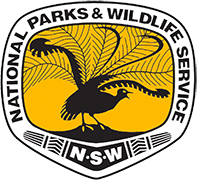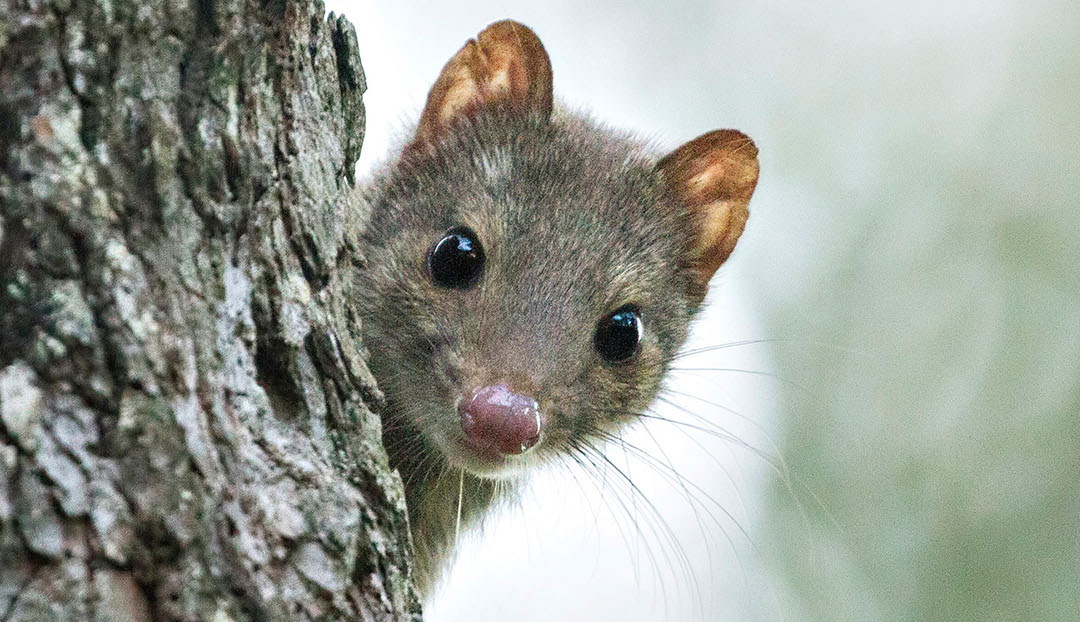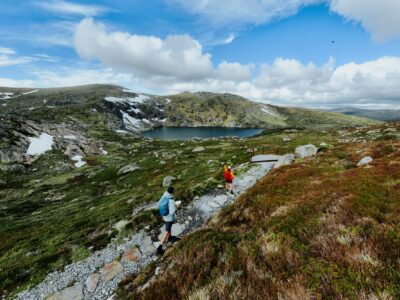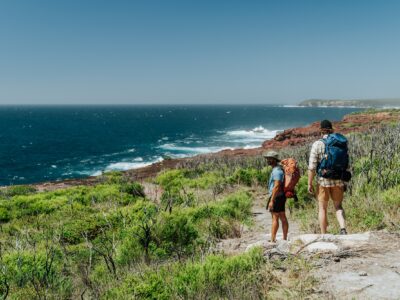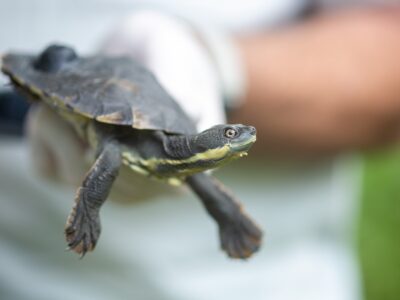In nature, poo isn’t just a by-product of animals’ diets. Poo – often referred to as ‘scat’ – can offer some important clues about our wildlife, like where they are living (or hiding!), help animals to send one another messages, play a role in reproduction and even provide crucial nutrients for other creatures in the food chain.
Let’s find out more fascinating facts about the poos from wildlife living in NSW national parks.
-
Spotted-tailed quolls
 Photo Information
Photo InformationSpotted-tailed quoll
JohnTurnbill / DPIE
These carnivorous marsupials – which are closely related to none other than the infamous Tassie devil – can be identified by their droppings, which often contain the fur and feathers of the prey they feast on.
The threatened spotted-tailed quoll is known for producing twisty-shaped faeces at communal ‘latrine sites’ – which are essentially the quoll’s version of a public toilet block.

Photo InformationA quoll latrine aka the quoll’s version of a public toilet
James Dawson / DPE

Photo InformationQuoll latrine
James Dawson / DPE
Researchers have found that quolls, which are usually solitary animals, visit these large outdoor latrines and leave poos to communicate with other quolls. These sites are often located in exposed areas, like rock outcrops or along rock creek lines.
Did you know? Quolls appear to increase their use of latrines during the breeding season – a way of indicating to potential mates via the local message service that they are present and ready to get busy.
The spotted-tailed quoll is listed as vulnerable in NSW, facing loss and fragmentation of habitat, competition with foxes and feral cats, roadkill and persecution by people, who often blame quolls for harming their poultry.
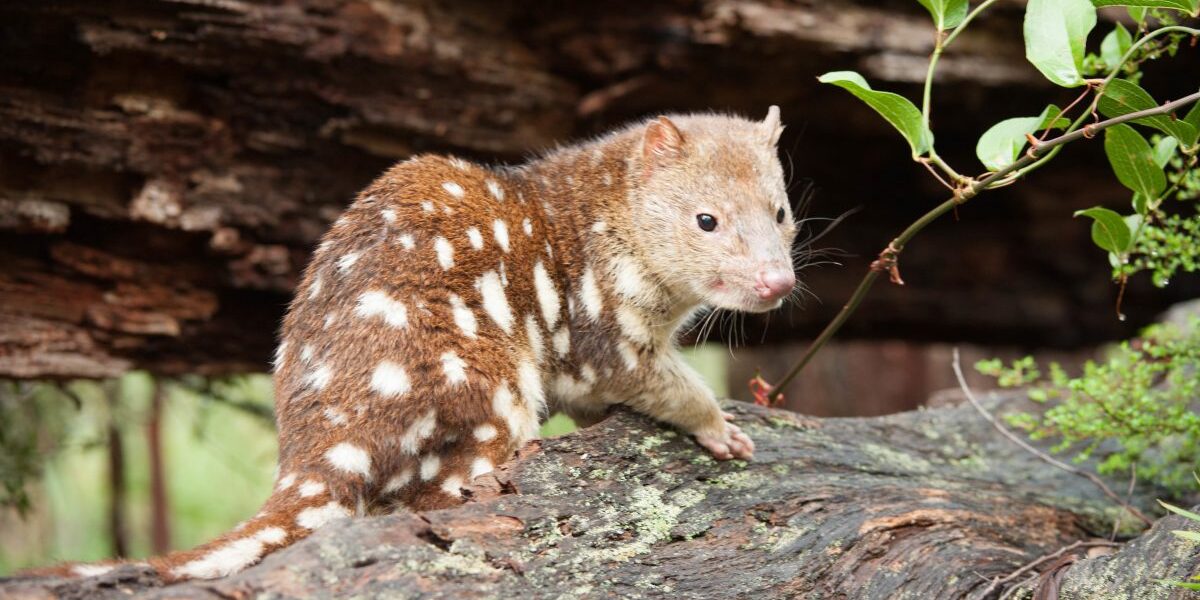 Photo Information
Photo InformationJames Evans / DPIE
The team at Saving our Species is working hard, alongside NSW National Parks rangers, to secure a future for these unique native animals. Our threatened species experts are working at four large-scale sites across NSW to understand the status and trends of populations and reduce threats. These include parts of Kosciuszko National Park in the south, Barren Grounds Nature Reserve on the eastern edge of the Southern Highlands, Jenolan Caves in Kanangra Boyd National Park and sites along the eastern edge of the Northern Tablelands.
-
Koalas
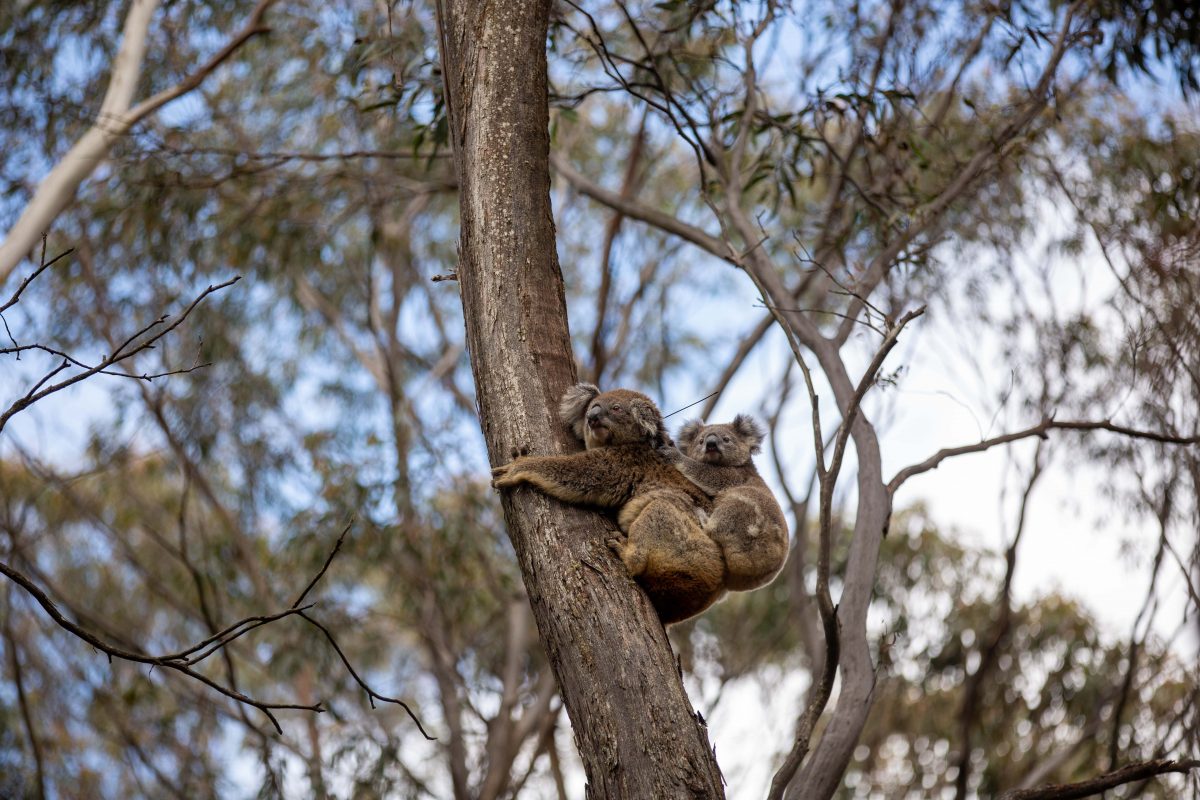 Photo Information
Photo InformationJust some Koalas hanging up a tree.
KD video
If anyone says animals can’t multitask, then they haven’t met a koala. Koalas poo 24 hours a day, even when they’re asleep, producing hundreds of pellets a day.
Thanks to their diet, these moist green droppings have a built-in air freshener, smelling strongly of eucalyptus. But there’s a lot more to be learnt from these endangered animals’ poo.

Photo InformationIn case you wanted a closer look at koala scats
Rosie Nicolai / DPE

Photo InformationKoala scats.
Rosie Nicolai / DPE
Dr Flavia Santamaria, a koala researcher in Queensland, is even conducting a study into the composition of koala poo, and particularly the levels of cortisol it contains. Cortisol is a chemical we – and many animals, including koalas – produce during times of stress. Dr Santamaria and the research team are analysing koala scat to find out what is causing stress in the animals, and how this may be impacting their health.
In Adelaide, koala experts are trialling the use of “poo smoothies” – made from healthy koalas’ gut bacteria – to help settle rescued koalas into their new surroundings, following bushfires in Kangaroo Island in 2019.
In NSW, nearly $200 million over 5 years has been invested as part of the NSW Government’s Koala Strategy, to secure a future for these iconic animals in the wild, in NSW national parks and on state and private land.
Report koala sightings: Contribute your koala sightings to the NSW Government’s BioNet Atlas database using the ‘I Spy Koala’ app.
-
Wombats
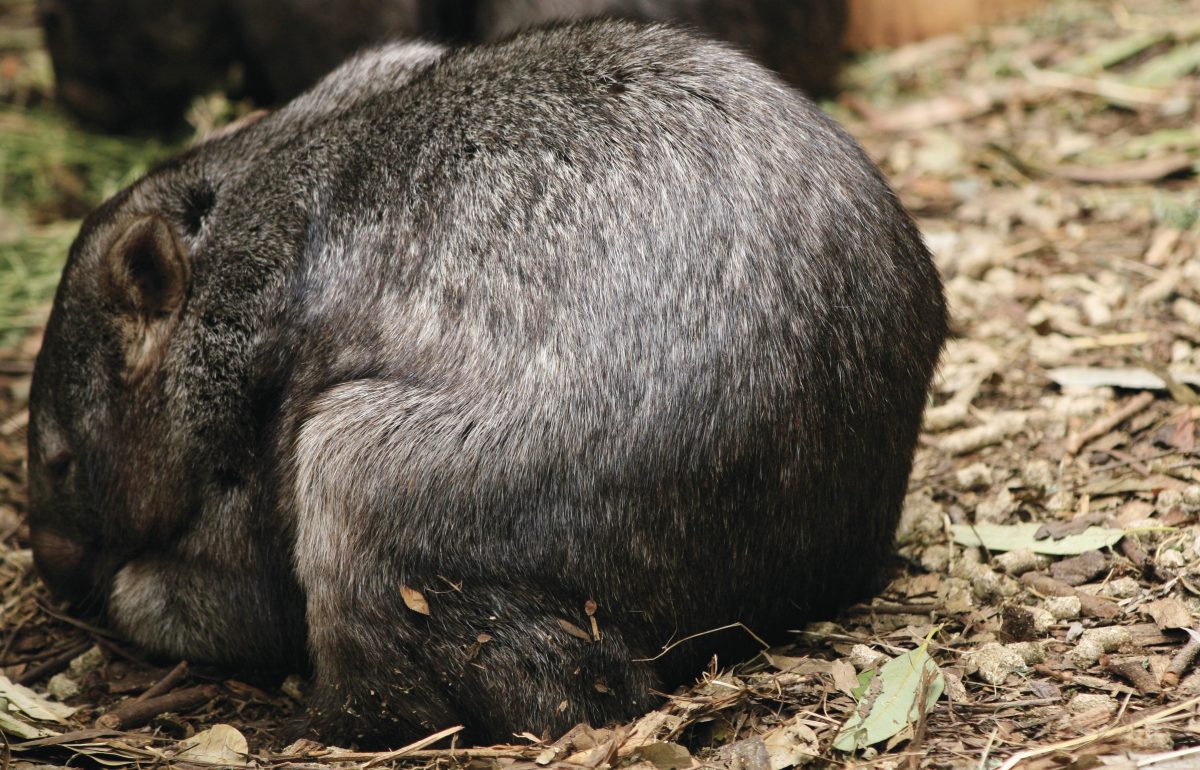 Photo Information
Photo InformationA wombat going about it’s number two business.
Rosie / DPIE
If you think wombats are chonky, just wait until you see their poos. You’ll know when you’re walking in the territory of these marsupials because their trademark cube-shaped droppings will likely be littered liberally across the ground and other surfaces, like rocks and logs. That’s because wombats defecate between 80 and 100 times per day!
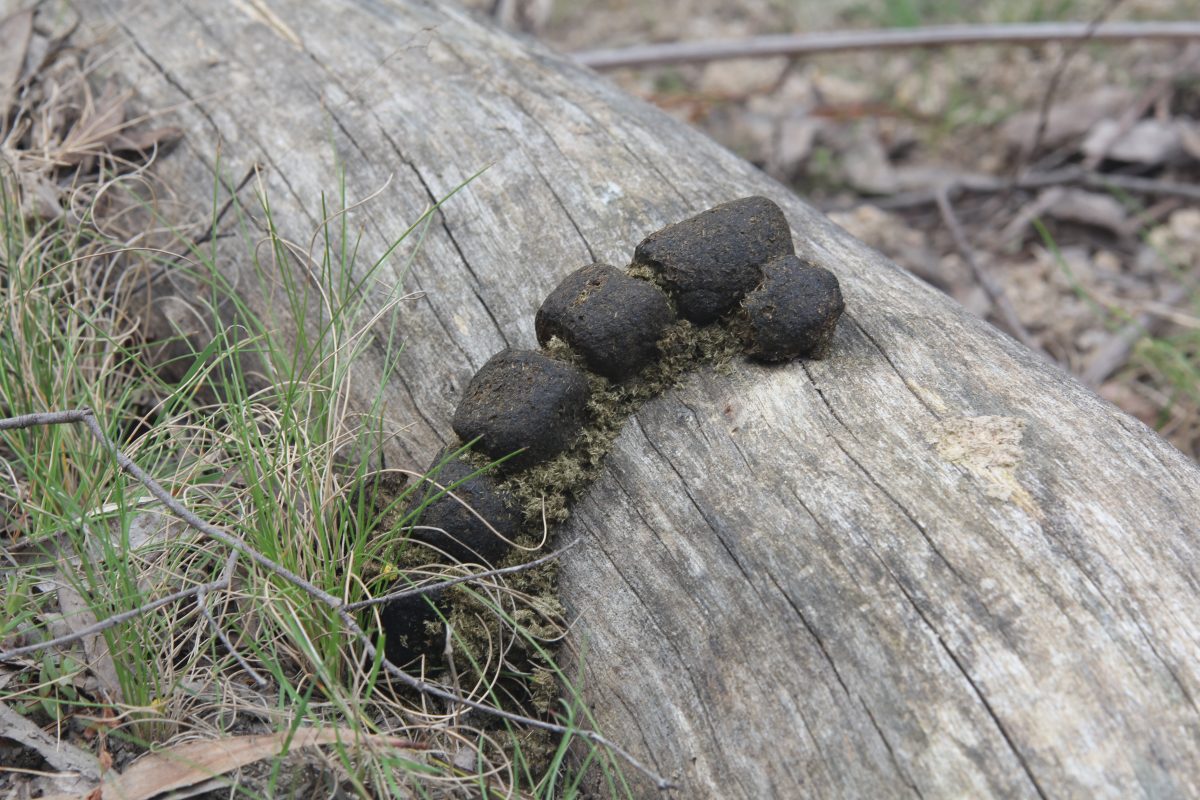 Photo Information
Photo InformationWombat scat-terred across a log.
Peter Sheratt / DPIE
Don’t worry, these guys aren’t suffering from nasty cases of gastro – their scat assists in marking their territory, helping them to avoid confrontation with other animals (wombats aren’t big on conflict). The square shape helps the poop stay put, so it doesn’t roll off the edges and go unnoticed by others.
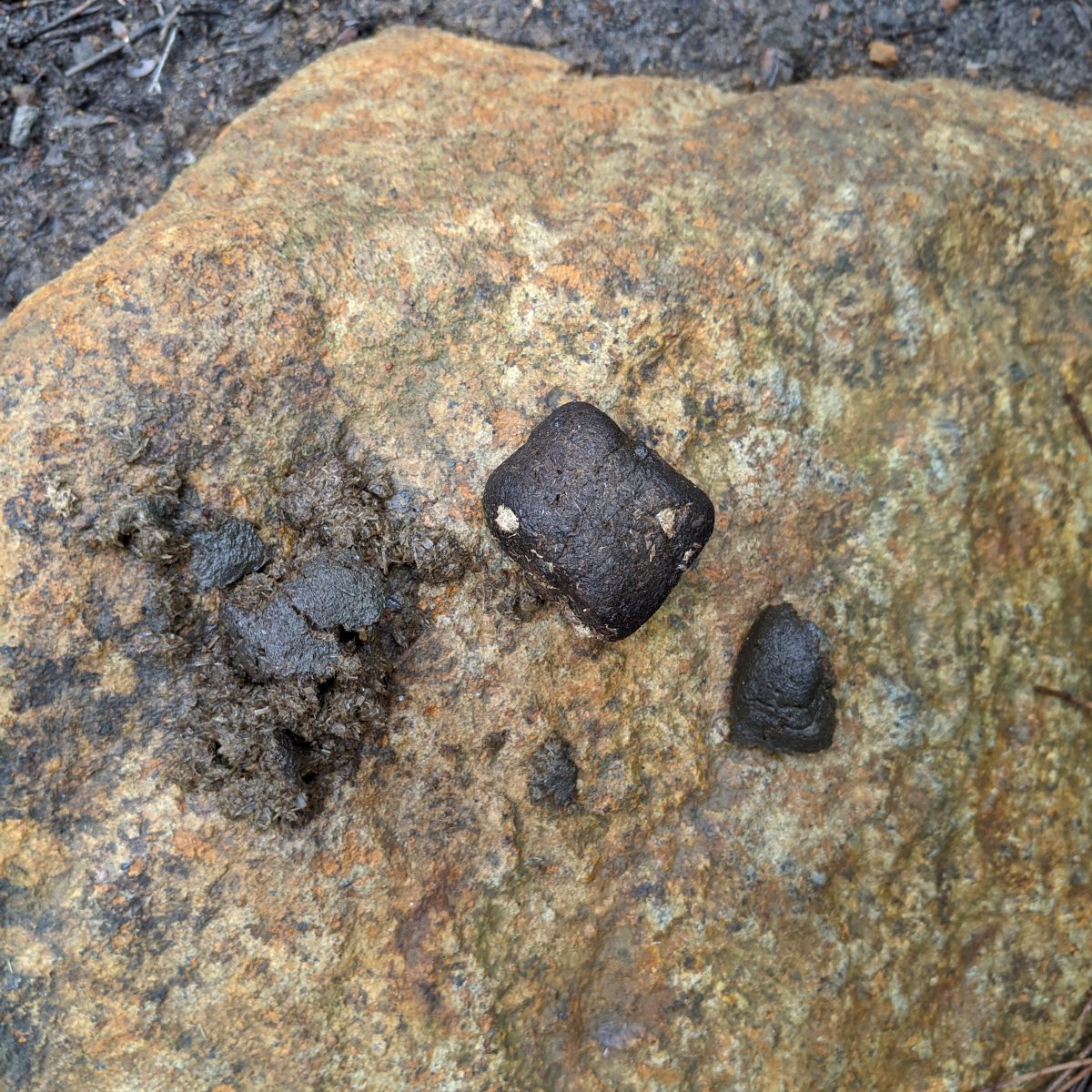 Photo Information
Photo InformationThe wombats trademark square poo (scat)
DPIE
But that’s not the only purpose served by this curious-looking excrement – the scent of female wombats’ poo may help to indicate to males when she is most fertile. Which is great news for everyone, because the only thing cuter than a wombat, is a wombat joey.
-
Invertebrates
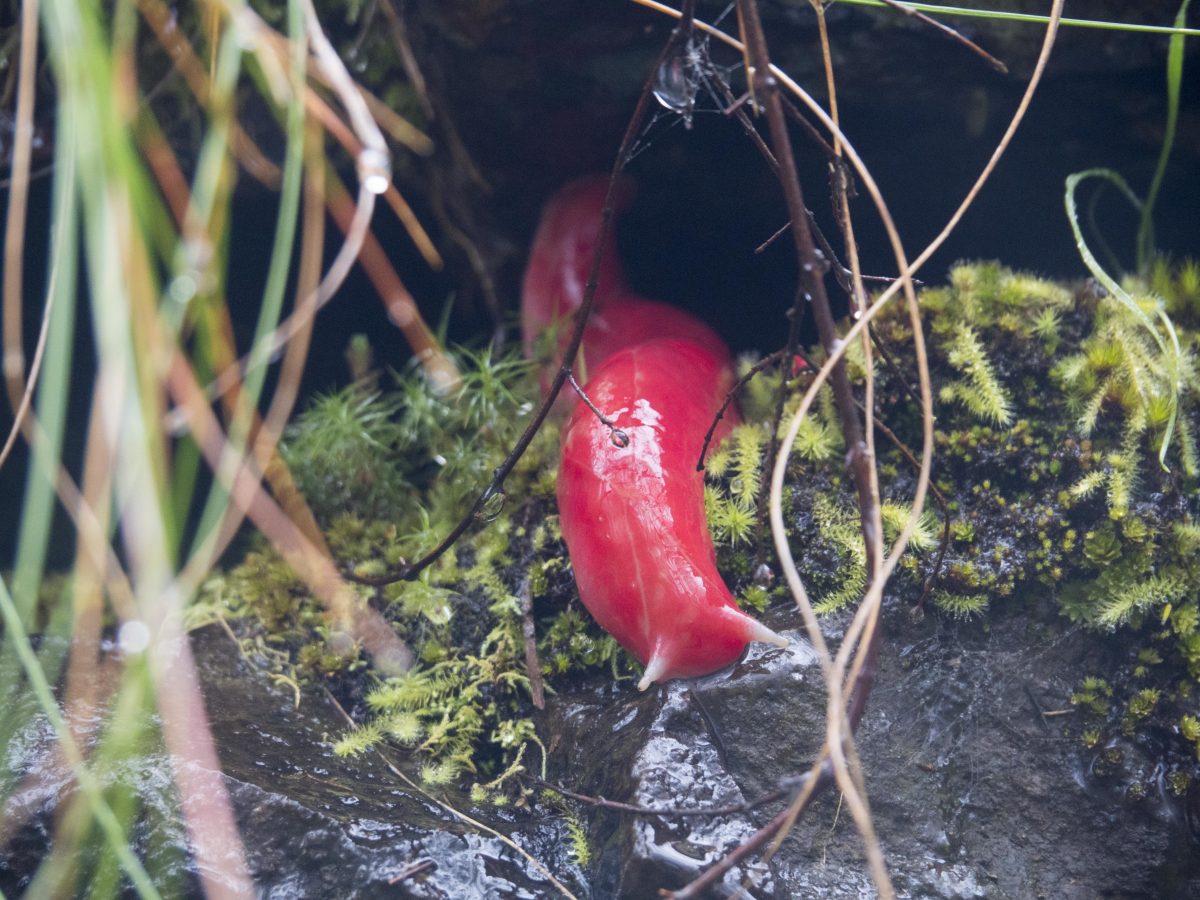 Photo Information
Photo InformationThe Mount Kaputar pink slug.
Leah Pippos / DPE
Yep – even insects poop! Insect droppings can serve a variety of purposes – from providing protection to playing an important role in species reproduction.
Snails and slugs, like the endangered Mount Kaputar pink slug, use an opening on their bodies, called a pneumostome, to breathe and expel their poo. This opening is found on the right side of the invertebrates’ mantle – or what we might think of as their ‘back’ – and is usually much easier to see on slugs than snails because slugs have no shell.
Slugs and snails use the pneumostome for breathing and expelling waste using a two-way counter current system, which ensures their faeces don’t end up in the lungs.
If you stumble upon one of these fluoro pink friends, you can log your sighting using the Slug Sleuth App.
In thoroughly unappetising news, some ants spread their poo around to encourage fungal growth, which they then feed on.
Insect poo even has potential uses in medicine – researchers are using the anti-pathogenic properties of insect faeces to discover new antimicrobials and probiotics.
-
Whales
 Photo Information
Photo InformationLachlan Hall / DPIE
Known as the giants of the sea, the potential impacts of whales’ huge intake of food may be offset by their output of iron-rich poo.
Did you know? Whale poo is usually bright orange or red! This is because whales primarily feed on krill, tiny orangey-red crustaceans.
Whale poos are made of liquid so, instead of sinking, they linger at the surface of the ocean, enabling microscopic algae-like phytoplankton to access the nutrient-dense substance. Since these microalgae are at the bottom of the ocean’s food chain and provide food to many other sea creatures, it’s crucial that these guys are well-fed on iron and nitrogen, of which whale poo is full of.
View this post on InstagramSouthern right whales, blue whales, humpback whales and sperm whales are listed as threatened in NSW. To help keep these majestic creatures safe, boats should keep a 100 to 300m distance from whales (at least 300 if you’re on a jet ski) and avoid cutting in front of travelling whales. Swimmers should keep at least 30m away from the animals and help keep our oceans beautiful by discarding rubbish and waste in bins.
Learn more about our favourite gentle giants here.
NSW National Parks and Saving our Species can’t imagine a world without our wombats or whales, and together are dedicated to securing a future for our threatened species in the wild. Find out how you can join the movement to help.
NSW National Parks and Wildlife Service have committed to a zero extinctions target for threatened species to ensure NSW national parks are permanent refuges for native species, a first for Australia and globally. Check out some of our world-leading initiatives like Feral Free Areas, Assets of Intergenerational Significance, and Performance Scorecards.
